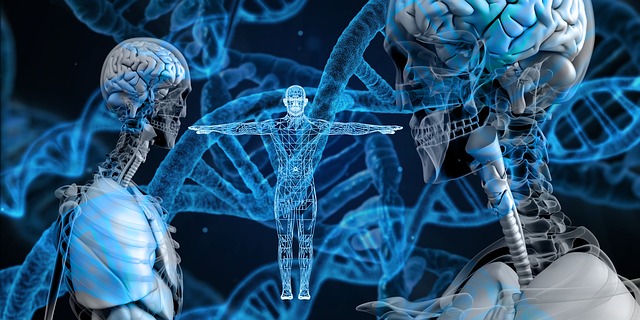
Timed caloric intake synchronizes circadian rhythms across several systems in mice by influencing numerous gene expressions, found researchers at Salk Institute
Key Points:
- Time- restricted eating (TRE) is an eating pattern characterized by limiting food intake to a specific window of time each day.
- New research has shown that TRE can influence gene expression within the body.
- Potential benefits of TRE include improving metabolic health and reducing chronic inflammation.
- TRE has particular benefits for those at risk of metabolic or age-related diseases, or those with abnormal circadian rhythms.
Time-restricted eating (TRE) has recently gained attention as a potential lifestyle intervention for promoting healthy aging and reducing the risk of chronic diseases. TRE is an eating pattern characterized by daily time-restricted feeding that involves limiting food intake to a specific window of time each day, usually 8-12 hours. This approach to eating has been shown to come with various benefits, such as improved insulin sensitivity, better body composition, and reduced blood pressure.
However, it needs to be clarified how TRE impacts the organism at the molecular level and how those changes interact across numerous organ systems. Salk scientists have now demonstrated in mice how TRE affects gene expression in more than 22 different areas of the body and brain.
The results, which were published on January 3, 2023, in Cell Metabolism, have wide implications for various medical illnesses, including diabetes, heart disease, hypertension, and cancer, where time-restricted feeding has shown potential advantages (Deota et al., 2023).
Professor Satchidananda Panda, the lead author of the research paper says, “We found that time-restricted eating in mice has a molecular effect on the whole body.”
“Our results make it possible to look more closely at how this dietary change turns on genes that are involved in diseases like cancer.”
In the study, two groups of mice were fed an identical high-calorie diet. One group had unlimited access to food. The other group was confined to eating within a daily nine-hour feeding window. After seven weeks, tissue samples from 22 organ groups and the brain were obtained at various times of the day and night and evaluated for genetic changes. Tissues from the liver, stomach, lungs, heart, adrenal gland, hypothalamus, kidney, intestine, and various regions of the brain were collected as samples.
The scientists discovered that 70% of mouse genes respond to feeding time restrictions.
“By altering the time of food intake, we were able to alter the expression of hundreds of genes in the brain,” explains Panda.
The study found that TRE altered over 40% of genes in the adrenal gland, brain, and pancreas. These organs play a crucial role in hormone control. Hormones coordinate operations in various sections of the body and brain and hormonal imbalance is linked to a variety of ailments ranging from diabetes to stress disorders. The findings suggest that time-restricted eating may aid in managing certain disorders.
Surprisingly, not all parts of the digestive tract were similarly impacted. While time-restricted feeding activated genes in the upper two parts of the small intestine—the duodenum and jejunum—the ileum, at the bottom end of the small intestine, did not. This discovery might pave the way for further research into how shiftwork occupations, which disturb our 24-hour biological clock (called the circadian rhythm), affect digestive illnesses and tumors.
In addition, the researchers discovered that time-restricted meals helped synchronize the circadian rhythms of various organs across the body.
“There are circadian rhythms in every cell,” says Panda. “We found that time-restricted eating synchronized the circadian rhythms, so there were two major waves: one during fasting and another right after eating. We think this helps the body coordinate the different things it does.”















